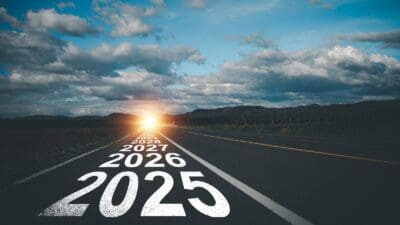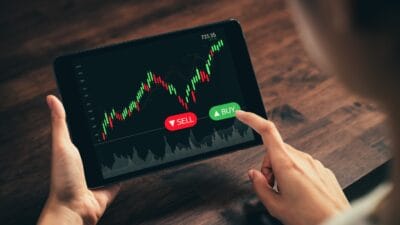While many investors seek capital gains when investing, the reality is that dividends often make up a large proportion of total returns over the long run. Therefore, it could be argued that investors should pay as much attention to their income return as they do to their potential for capital growth. In fact, it could even be argued that focusing only on dividends, and not on capital gains, could be a sound long-term strategy.
Total return
Clearly, the dividend yield on indices across the globe varies significantly. In the US, for example, the S&P 500 currently has a dividend yield of around 2%, while in the UK the FTSE 100 yields 3.8%. Within those indices are a range of dividend yields, with it being relatively straightforward to generate a dividend yield of 4% in both markets, and in stock markets across the globe.
Historically, investors have generated a total return from investing in shares in the high-single digits. Therefore, it could reasonably be argued that dividends could make up at least half of total returns, and possibly more if an investor focused on buying the highest-yielding shares available. Logically, they should therefore spend at least half of their time focusing on the affordability of dividends, a company’s financial strength and the future growth rate of shareholder payouts.
Passive income stocks: our picks
Do you like the idea of dividend income?
The prospect of investing in a company just once, then sitting back and watching as it potentially pays a dividend out over and over?
If you’re excited by the thought of regular passive income payments, as well as the potential for significant growth on your initial investment…
Then we think you’ll want to see this report inside Motley Fool Share Advisor — ‘5 Essential Stocks For Passive Income Seekers’.
What’s more, today we’re giving away one of these stock picks, absolutely free!
Growth potential
Clearly, companies operating in different industries and in different regions will have dividend growth rates which vary considerably. Some stocks may be able to offer double-digit dividend growth, while others may only be able to keep pace with inflation. In either case, however, a growing dividend can mean that an even higher proportion of total returns are generated from income returns, rather than capital growth, over the long run.
For example, a company which pays a 4% dividend yield today will not only generate an income return on reinvested income, but also potentially offer a rising income return due to dividend growth. Over a long period of time such as a decade, for instance, even a 5% dividend growth rate on a stock which yields 4% can lead to an income return of 6.5% on an investor’s original shareholding. This means that over time there is the potential for an even greater proportion of total returns to be derived from dividends.
Share price catalyst
Of course, dividend yields historically occupy a relatively narrow range. This means that dividend growth usually equates to share price growth, since a company’s dividend yield is kept close to its historic average. If it becomes too high, increased buying by yield-hungry investors would be likely to lower it back to its mean.
Therefore, it could be argued that as well as providing the majority of total returns in the long run, dividends also have a major impact on capital gains, too. This suggests that investors should focus to a much greater extent on dividends than on capital growth in order to maximise their total returns over a sustained period of time.







